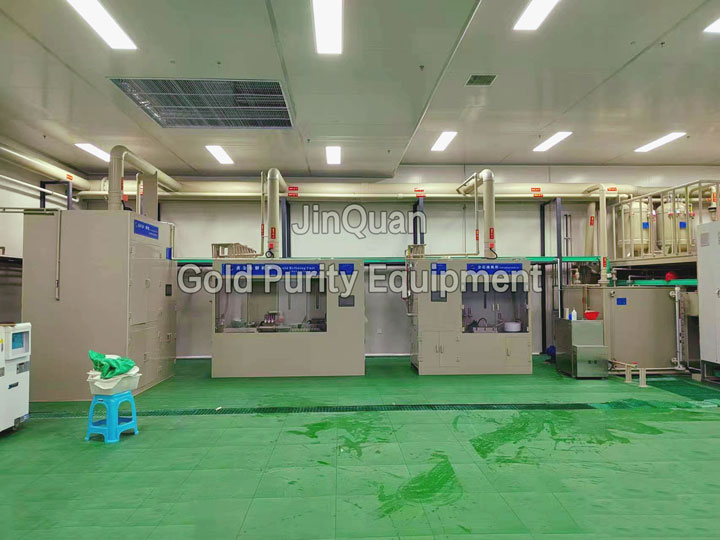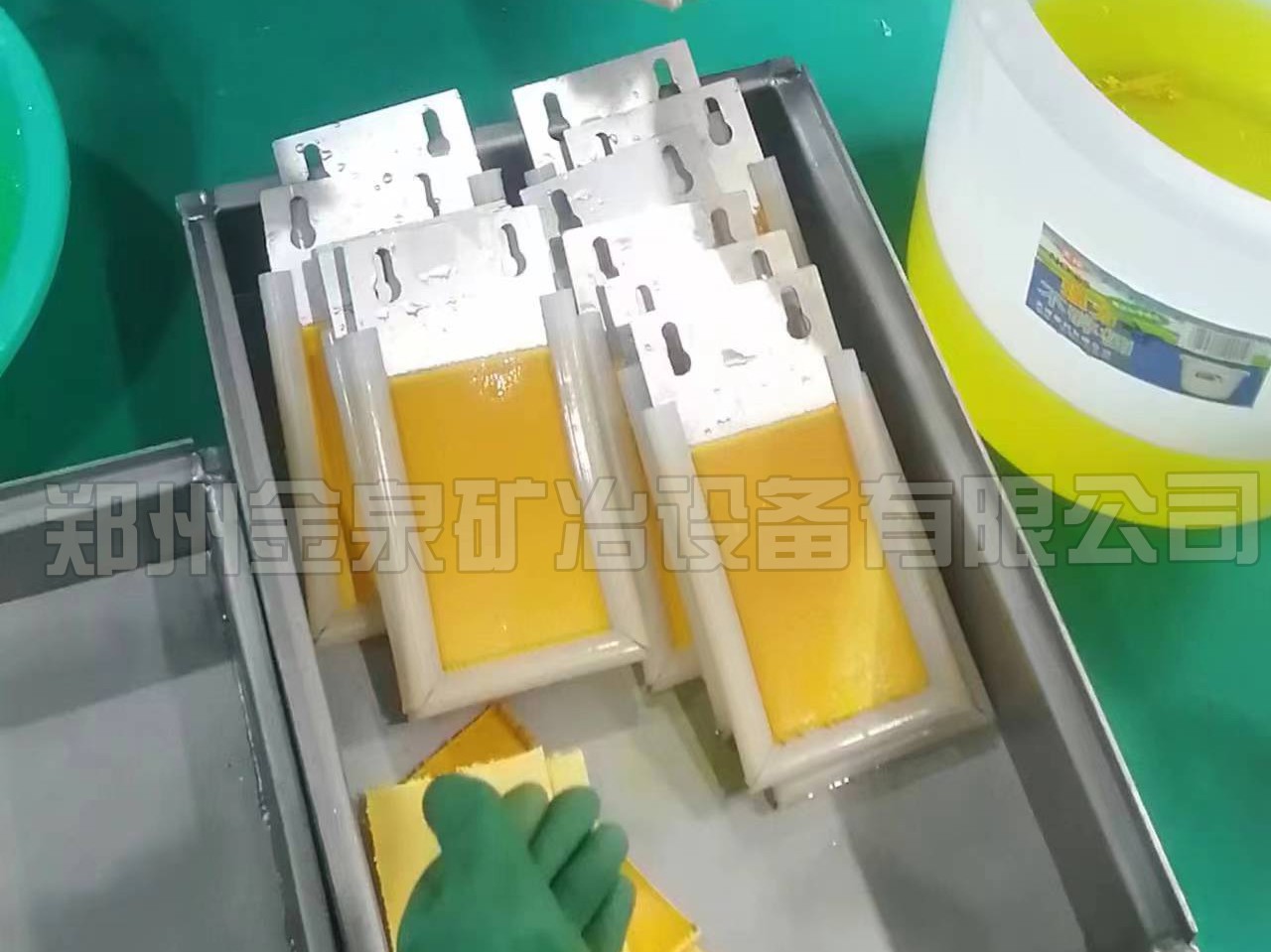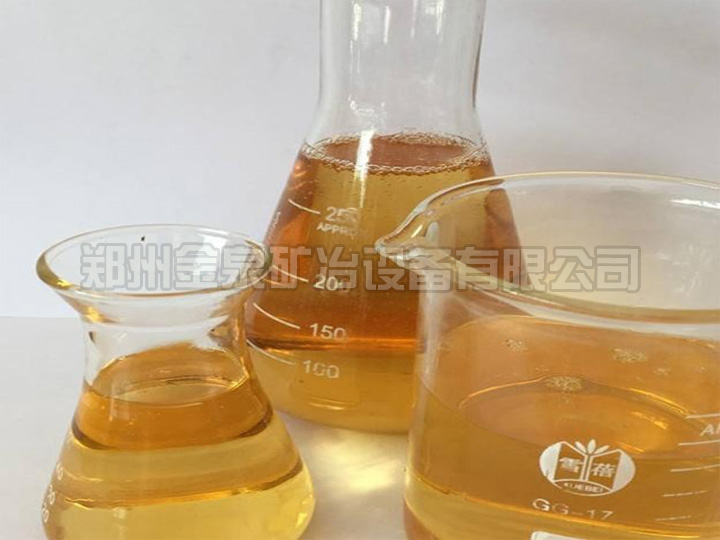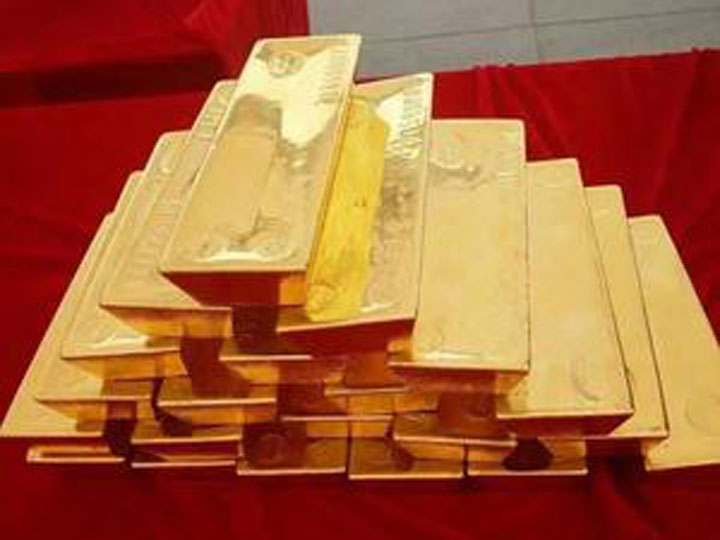 +8613303827570
+8613303827570
Advantages of the New Type gold purity equipment
1、High-quality stability: Achieves Au99.99 ingot standards; custom orders can also produce 99.999% pure ingots based on special needs.
2、Low production costs: Consumes 150 liters of AuCl per ton of gold, making it cost-effective.
3、High efficiency using advanced high current density electrorefining technology: 1200A maximum current density, with a production efficiency of up to 99%. The electroplating cycle is between 10 to 22 hours (depending on the thickness of the electrodes).
4、Equipped with smoke condensing devices: As the gold electrorefining process requires relatively high temperatures (60-70°C), the smoke condensing device efficiently recirculates evaporated electrolyte solutions, preventing gold loss and ensuring higher efficiency in the refining process.
5、High-quality materials used for the main components of the equipment: The unit is constructed using high-performance polypropylene material, while the anode and cathode electrodes are made of titanium coated with copper, providing excellent electrical conductivity.
-
 common methods for separating gold and silvercommon methods for separating gold and silver
common methods for separating gold and silvercommon methods for separating gold and silverCommon Methods for Separating Gold and Silver:
Chemical dissolution method: Gold can be dissolved in hydrochloric acid, while silver reacts with Cl⁻ ions to form a silver chloride precipitate during the dissolution process. After filtering, gold and silver are separated.
Aqua-regia solution method: Suitable for alloys with low silver content (silver typically below 10%), this method allows both gold and silver to dissolve. However, after dissolving, silver reacts with Cl⁻ ions to form a silverCommon Methods for Separating Gold and Silver chloride precipitate, enabling it to be separated from gold.
-
 chemical separation of gold and silverchemical separation of gold and silver
chemical separation of gold and silverchemical separation of gold and silverChemical separation of gold and silver:
Using a single acid, it cannot dissolve gold but can dissolve silver, achieving the separation of gold and silver. Hydrochloric acid or sulfuric acid is commonly used. This method is typically used for gold-silver alloys with a gold content below 30%, while silver, copper, iron, and zinc can be dissolved in hydrochloric acid or sulfuric acid, whereas gold cannot. After filtering and washing, it can obtain gold with over 98% purity. For lead-containing alloys, hydrochloric acid is used for dissolution
-
 extraction of gold from alloy goldextraction of gold from alloy gold
extraction of gold from alloy goldextraction of gold from alloy goldAlloy gold: Alloy gold produced by roasting mercury paste on a mercury plate, alloy gold produced by melting gold paste in a converter, alloy gold produced by melting gold paste after removing impurities with nitric acid, alloy gold obtained by pyrometallurgical or hydrometallurgical treatment of copper lead anode paste, and other alloy gold produced in other gold and silver mines and rare and precious plants for non-ferrous metallurgy.
The gold content is 40%~99.9%, and the silver content is 40%~99.9%.







